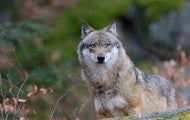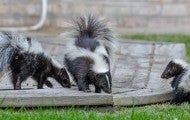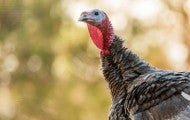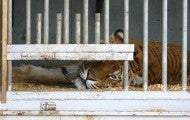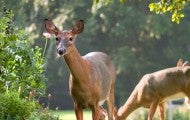Showing 9 of 9 results
Prairie dogs are one of the most controversial and widely misunderstood wildlife species in North America. Since early European migration onto the North American grasslands, prairie dogs have been celebrated as an essential keystone species for healthy grasslands ecosystems, but also vilified and...
What is bear hounding? Bear hounding is the practice of using packs of radio-collared dogs to pursue a bear until the exhausted, frightened animal climbs a tree, where they are shot, or turn to fight the hounds. Dogs are often injured or even killed. What is bear baiting? Trophy hunters and hunting...
